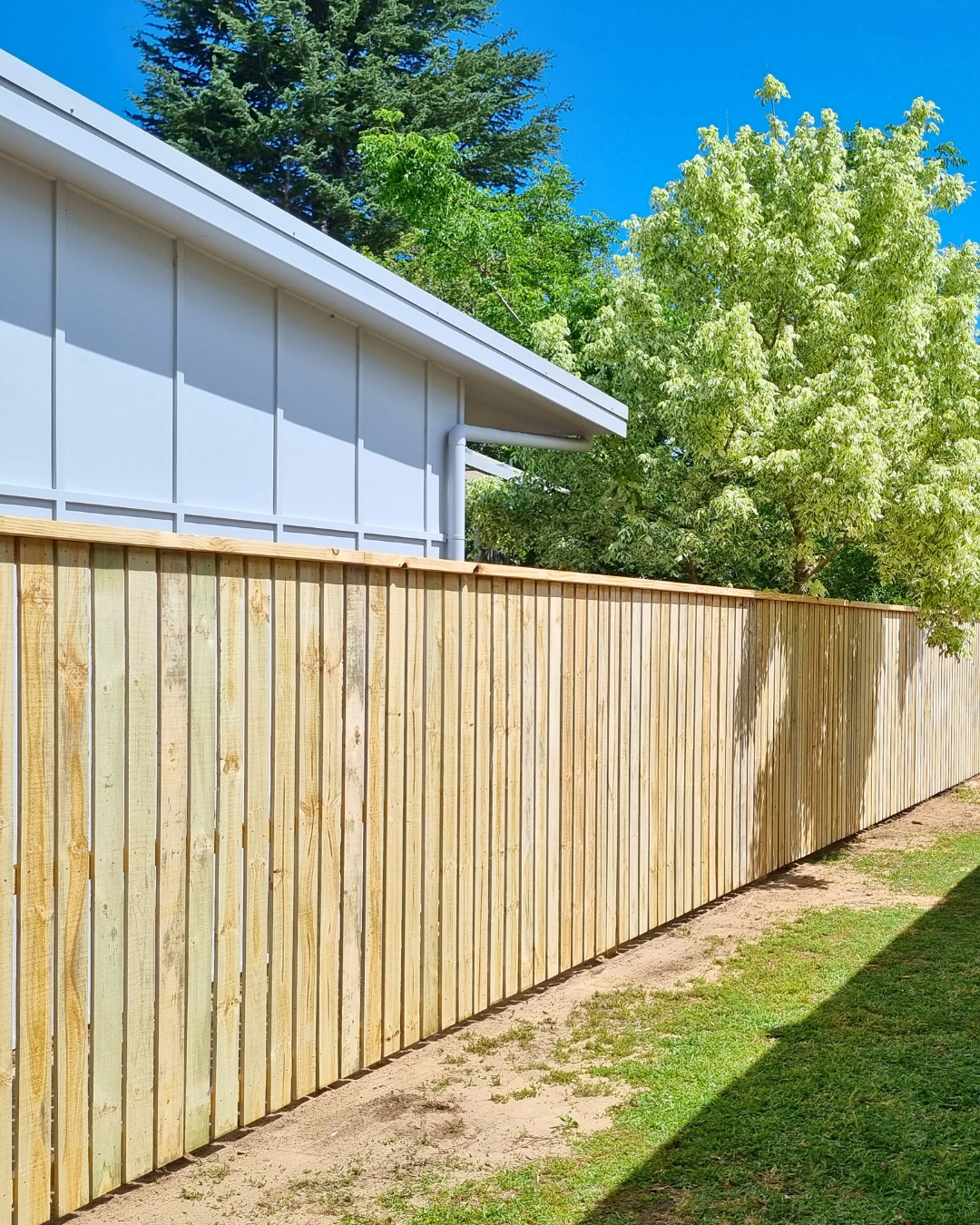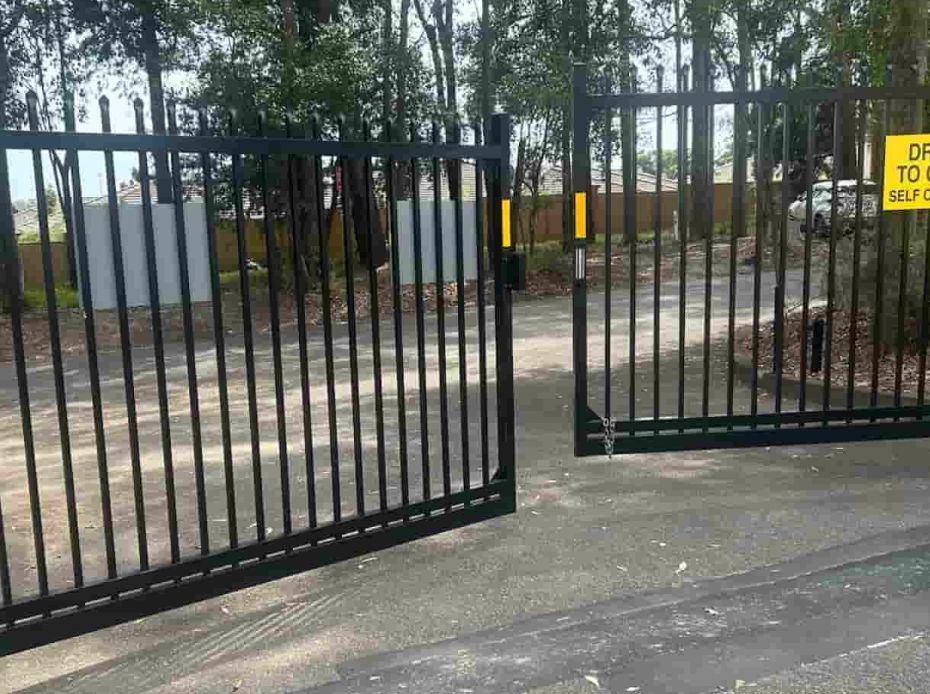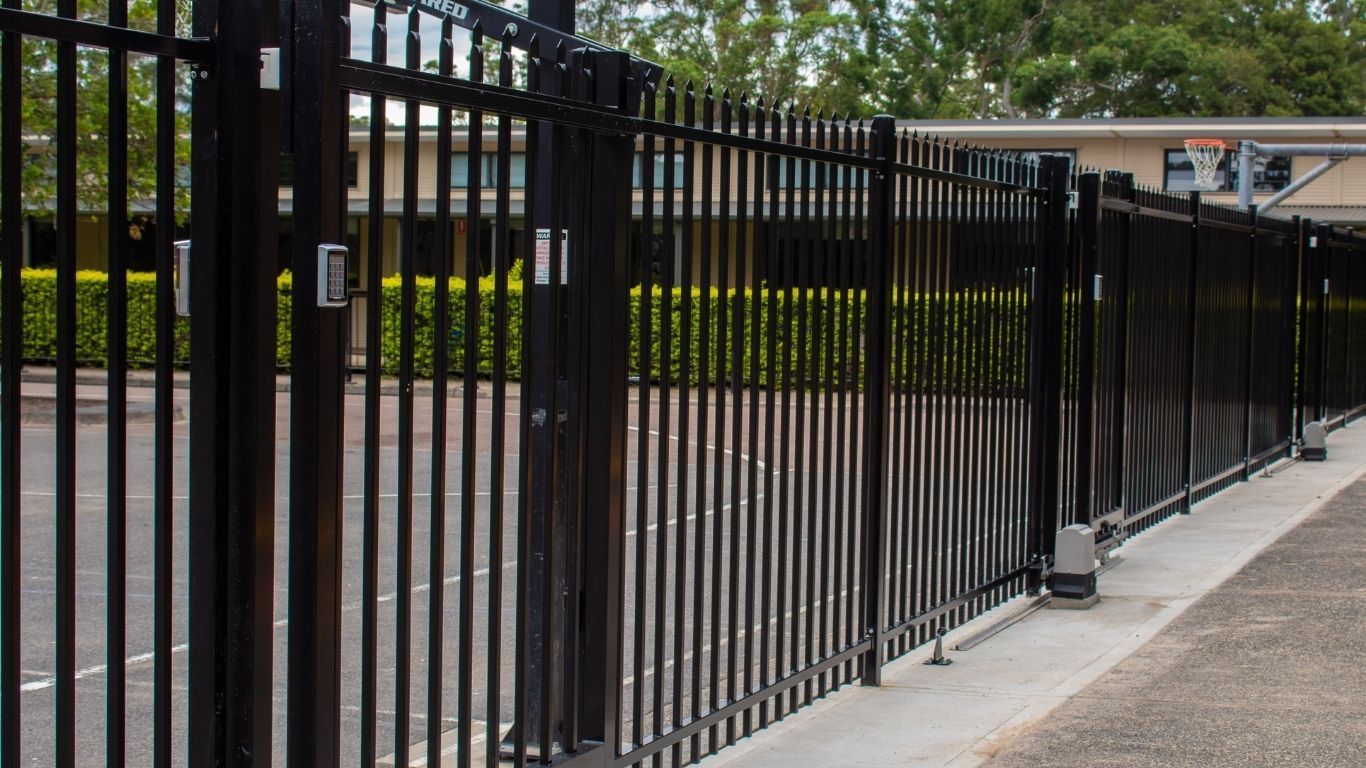Protecting Your Timber Fence from Termites & Other Pests
Timber fencing has long been a favourite among Central Coast homeowners. Its natural beauty, warmth, and versatility make it an attractive choice for everything from classic picket styles to modern horizontal slat designs. A well-built timber fence not only frames your property but also adds to its street appeal and value.
However, as with any natural material, timber is susceptible to pests—particularly in regions like the Central Coast, where the climate can be favourable to termites, borers, ants, and other wood-damaging insects. The good news is that with the right preventive measures and maintenance, you can enjoy the charm of timber fencing on the Central Coast for many years without worrying about major damage.

Why Timber Fencing Remains a Popular Choice
Before diving into pest concerns, it’s worth acknowledging why so many property owners choose timber fencing:
- Aesthetic Appeal – Timber offers a timeless look that suits both traditional and contemporary homes.
- Design Flexibility – It can be painted, stained, or left to weather naturally, allowing for a customised finish.
- Versatility – Suitable for privacy fences, decorative boundary lines, and everything in between.
- Sustainability – When sourced responsibly, timber is a renewable and environmentally friendly option.
For all these reasons, timber fencing remains a sought-after feature across the Central Coast. But to get the most from your investment, pest protection should be part of your plan from the start.
Common Timber Fence Pests in the Central Coast Region
The Central Coast’s warm, often humid climate provides ideal conditions for wood-destroying pests. Here are some of the most common threats:
1. Termites
Often called “white ants,” termites are among the most destructive pests for timber structures. They can work unseen, hollowing out fence posts and rails from the inside, leaving only a thin outer shell that can collapse without warning.
Signs of termite activity:
- Mud tubes along fence posts.
- Hollow-sounding timber when tapped.
- Blistered or uneven wood surfaces.
2. Timber Borers
Borers are insects that lay their eggs inside timber. When the larvae hatch, they feed on the wood, leaving behind small exit holes and powdery frass (wood dust).
Signs of borer infestation:
- Tiny round or oval holes in the timber.
- Fine sawdust near the base of fence posts or rails.
- Weak or crumbling sections of wood.
3. Carpenter Ants
Carpenter ants don’t eat wood like termites, but they excavate it to build nests. This can weaken the structural integrity of your fence over time.
Signs of carpenter ant activity:
- Rustling sounds inside wood at night.
- Piles of coarse wood shavings.
- Large black ants seen entering and exiting wooden sections.
4. Other Wood-Damaging Insects
Various beetles and wasps can also damage timber, though they are generally less aggressive than termites and borers. Nonetheless, they can exploit weaknesses in unprotected or ageing fences.
Preventative Measures for Pest Protection
The best way to protect your timber fence is through proactive prevention. Here are key steps to reduce the risk of pest infestation:
1. Choose Treated Timber
Opting for high-quality, pressure-treated timber provides a strong line of defence against pests. Treatment infuses the wood with preservatives that deter insects and resist decay.
2. Apply Sealants & Protective Coatings
Sealing your timber fence with paint, stain, or specialised wood preservatives adds a physical barrier against pests and moisture. Reapply every few years, or sooner if the finish shows signs of wear.
3. Maintain Good Ground Clearance
Avoid burying fence posts directly in soil without protection. Use metal post supports or ensure the timber is treated and sealed before installation. Keeping timber off the ground helps reduce direct contact with pests.
4. Keep the Area Around the Fence Clear
Pests thrive in damp, sheltered environments. Trim back vegetation, avoid stacking firewood against the fence, and ensure good airflow around the structure.
5. Schedule Regular Inspections
A quick check every few months can help catch pest activity before it becomes serious. Look for changes in colour, texture, or strength, and investigate any suspicious signs promptly.
Repairing & Responding to Pest Damage
If you discover pests in your fence, acting quickly can limit the damage:
- Isolate the Problem – Identify the affected sections to prevent further spread.
- Replace Damaged Timber – Severely infested or weakened timber should be removed and replaced with treated wood.
- Engage Pest Control Professionals – For termites or widespread infestations, a licensed pest controller is essential to fully eliminate the colony.
- Reapply Protective Finishes – Once repairs are complete, reseal the fence to restore its defences.
Additional Tips for Longevity
Beyond pest control, general maintenance will help extend the life of your timber fencing on the Central Coast:
- Regular Cleaning – Remove dirt, mould, and algae to prevent decay and maintain appearance.
- Check Fasteners – Replace rusted nails or screws to prevent timber movement and gaps where pests can enter.
- Address Moisture Issues – Fix drainage problems or leaks nearby that could lead to water pooling around fence posts.
- Refresh Coatings – Keep up with staining or painting to maintain weather resistance.
The Role of Professional Installation
A professionally installed timber fence is not only more attractive but also more durable and pest-resistant. Experienced fencing contractors:
- Use the right grade and treatment of timber for local conditions.
- Ensure posts are securely anchored and protected against ground moisture.
- Apply protective coatings evenly and thoroughly.
- Build with design features that discourage pest activity, such as capped posts and tight joins.
This upfront attention to detail can save significant time and money on repairs in the long run.
Why Pest Prevention Matters for Property Value
A well-maintained timber fence adds curb appeal and frames your property beautifully. On the other hand, a fence with visible pest damage can detract from the appearance and suggest neglect to potential buyers or tenants.
For property investors and landlords, pest prevention also helps avoid disputes, maintenance costs, and the potential safety hazard of a failing boundary fence.
Need Timber Fencing Solutions on the Central Coast?
For expertly crafted timber fencing on the Central Coast, Strike Fencing & Gates designs and installs fences that combine style, strength, and long-lasting pest resistance. Using quality treated timber, protective finishes, and professional construction techniques, we create fencing solutions tailored to your property and built to withstand local conditions.











